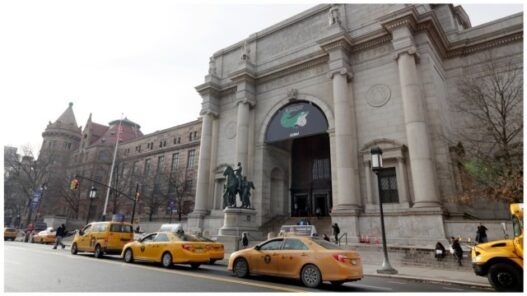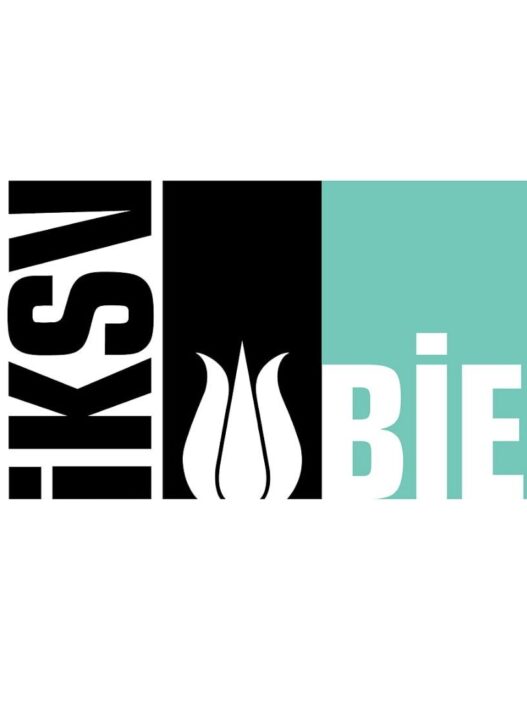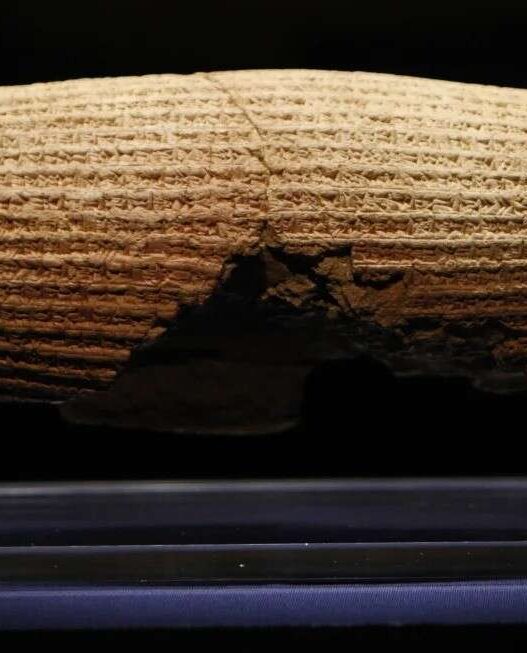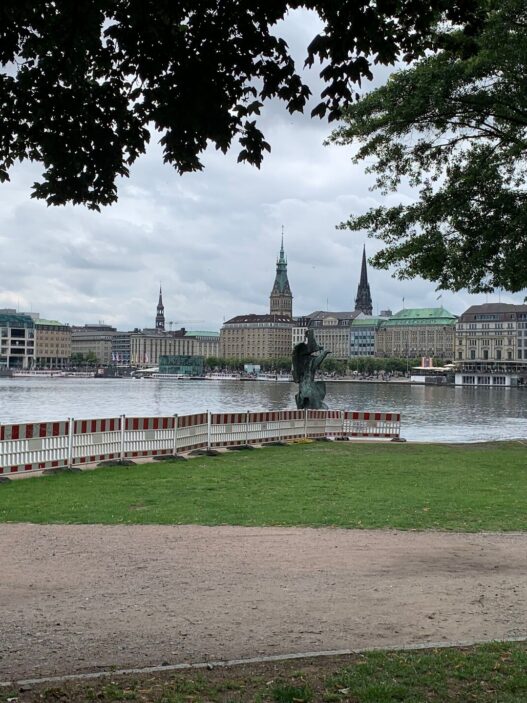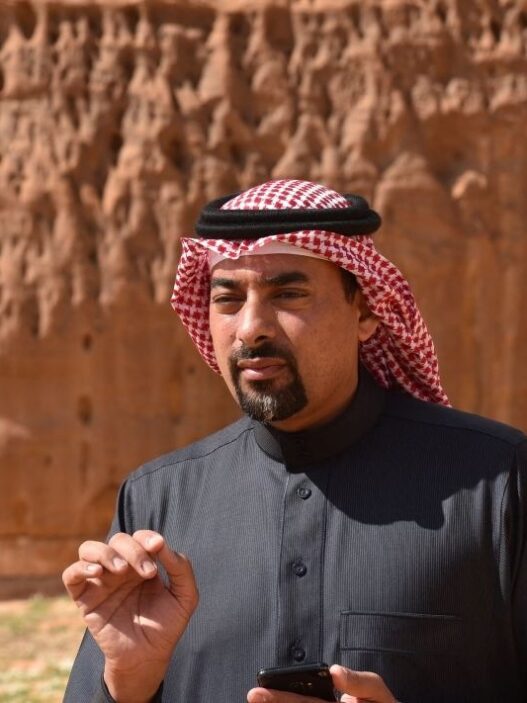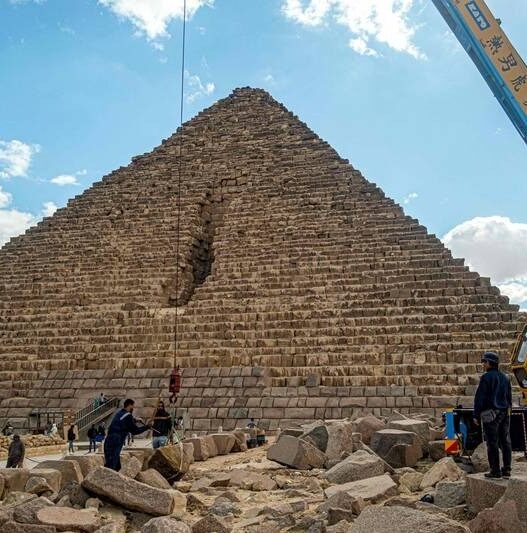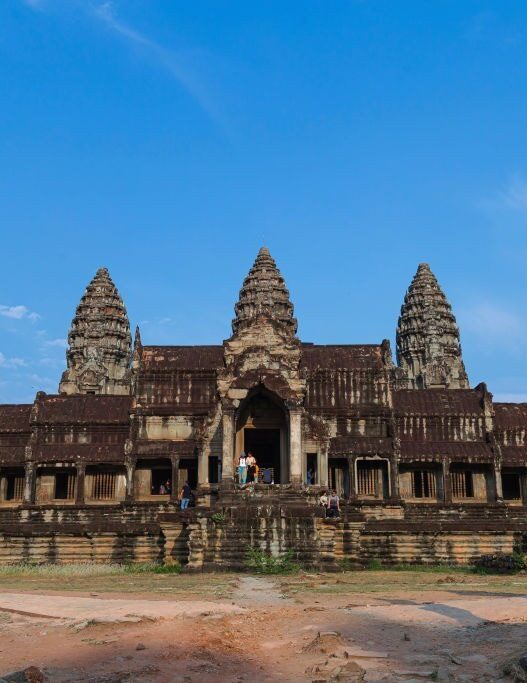“These closures are necessary to align with the new rules,” acknowledged museum president Sean Decatur in a letter to staff. The regulations require museums to obtain consent from tribes before displaying or conducting research on cultural artifacts.
This shift ripples across the industry. Institutions like the Field Museum in Chicago and the Peabody Museum at Harvard have also covered exhibits. But the American Museum’s action carries profound weight. As one of the world’s most visited museums, its prestigious anthropology department, once home to pioneering curators like Franz Boas and Margaret Mead, now faces a temporary loss of nearly 10,000 square feet of exhibition space.
The closures reflect a deeper reckoning. Some objects may permanently vanish from public view after consultations with tribes. Yet, the museum plans smaller showcases to explain ongoing reassessment and repatriation efforts.
This comes as the Biden administration prioritizes accelerating the return of Native American remains, funerary objects, and other sacred items. The new regulations aim to expedite their return and empower tribes throughout the process.
“These regulations shift the conversation,” notes Myra Masiel-Zamora, an archaeologist and curator with the Pechanga Band of Indians. “Now, institutions must prioritize Native oral histories in determining repatriation.”
Museums, anticipating the regulations, consulted experts and held discussions to identify exhibits needing closure. Many are hiring additional staff to facilitate the extensive consultation process.
The result is a noticeable change in Native American exhibitions at leading museums. Significant artifacts like a birchbark canoe now disappear alongside smaller items like ancient darts and a Hopi Katsina doll.
Decatur emphasizes museums must adapt to new understandings of the world. Exhibiting Native American human remains is generally prohibited now, and the reassessed collections primarily include sacred objects, burial belongings, and other items of high cultural significance.
Pressure for faster repatriation has mounted on institutions like the American Museum, which holds the remains of approximately 2,200 Native Americans and thousands of funerary objects. The new regulations set a 2029 deadline for institutions to prepare such items for repatriation.
Tribal officials express concerns about the potential burden on their communities and the need for adequate resources to handle increased requests. However, the regulations allow extensions with tribal consent, and the government emphasizes accountability without overburdening them.
Bryan Newland, Assistant Secretary for Indian Affairs, highlights the critical role of repatriation in bringing dignity and closure to Native American communities. “These rules, developed in consultation with tribal representatives, aim for meaningful healing and respect for Indigenous ancestors,” he emphasizes.
The closed halls at the American Museum of Natural History, though silent, speak volumes. They mark a pivotal moment in museum practices, reflecting a shift towards collaboration and acknowledging the rightful ownership of cultural heritage.









